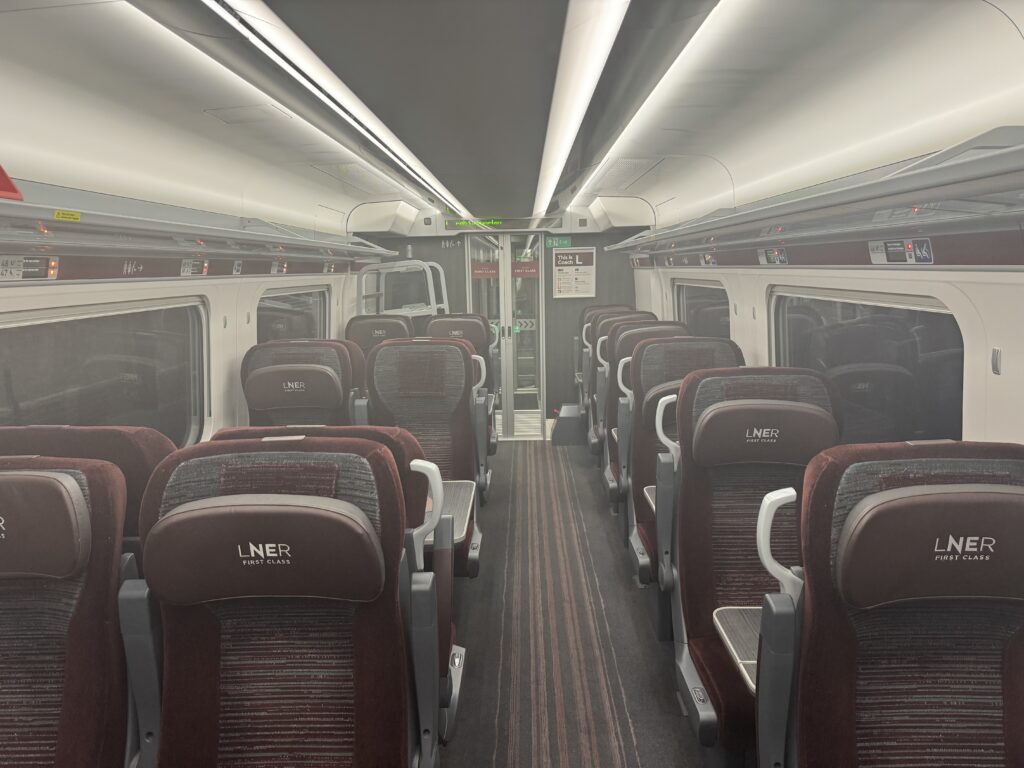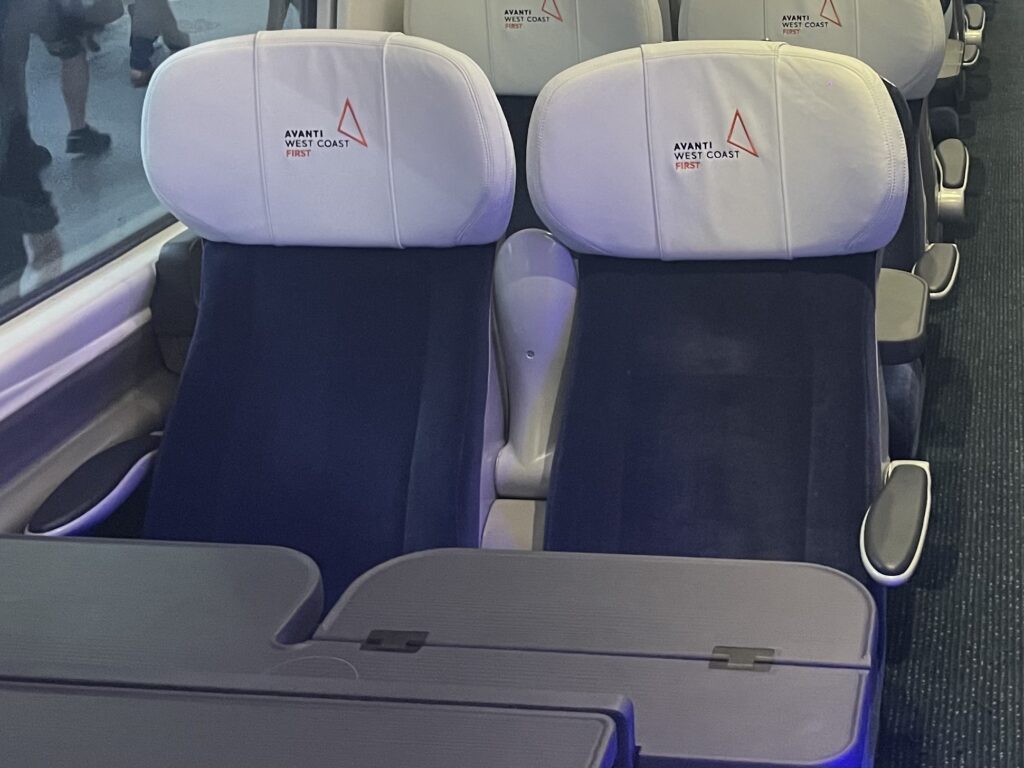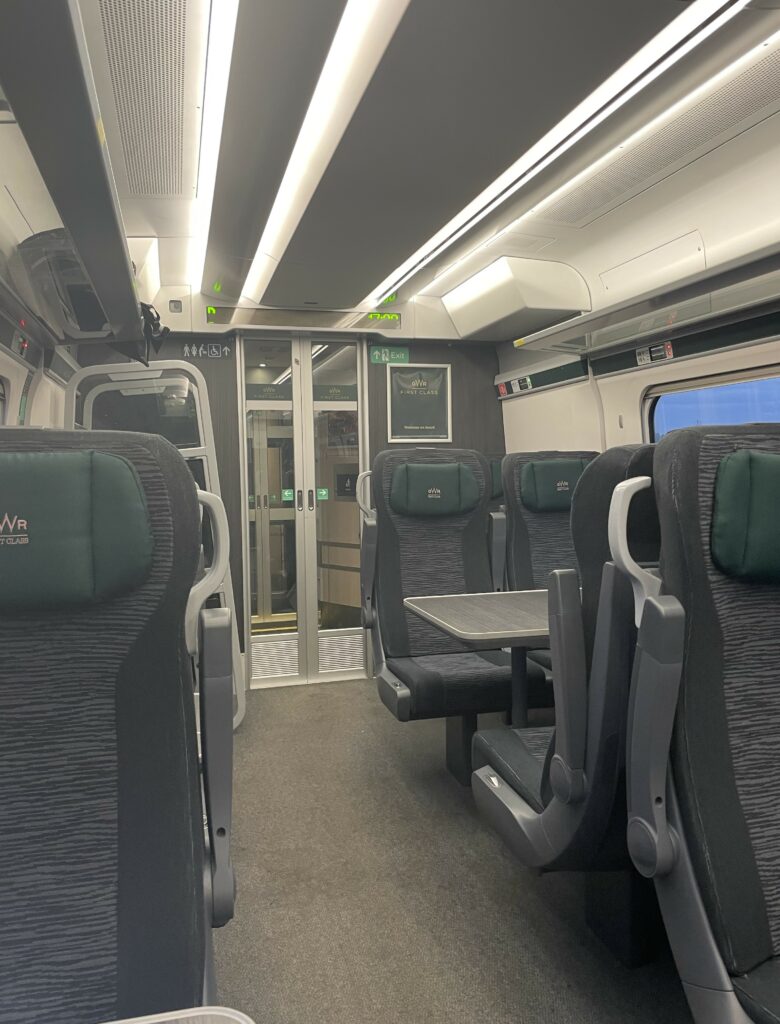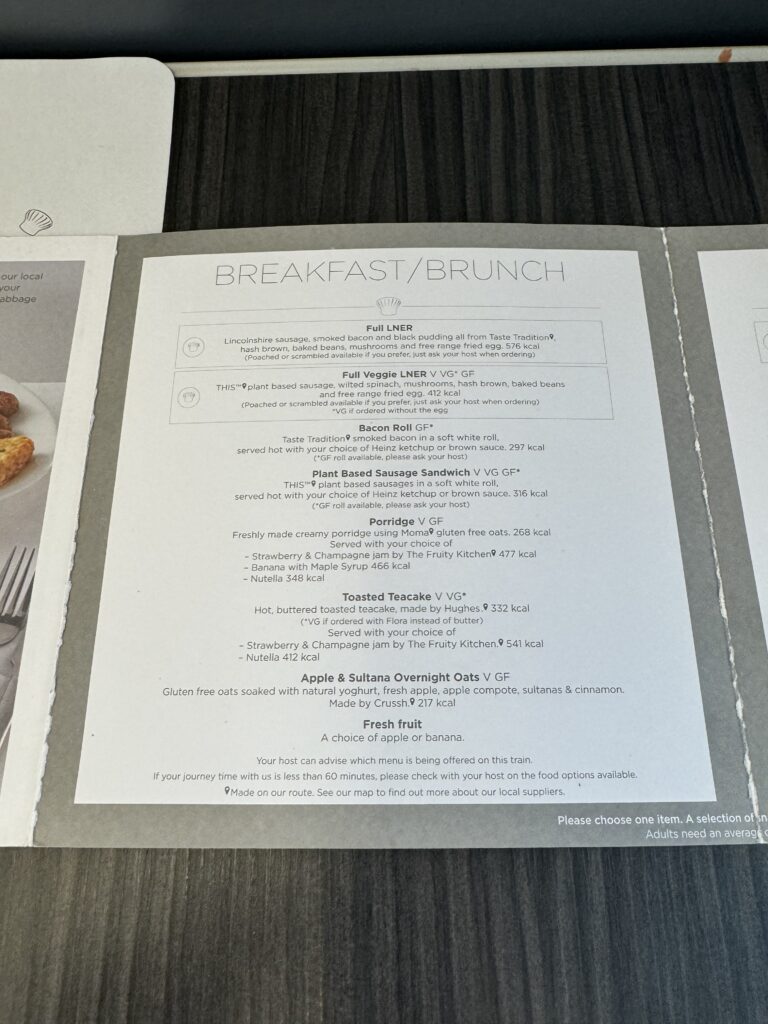 The first-class train experience has not changed much in the UK since the 1980s. Whilst there are newer trains, and newer companies running them, most providers have the same general seating layout and ticketing structure, with these experiences feeling broadly similar to heritage trains from the days of brick-sized cellphones.
The first-class train experience has not changed much in the UK since the 1980s. Whilst there are newer trains, and newer companies running them, most providers have the same general seating layout and ticketing structure, with these experiences feeling broadly similar to heritage trains from the days of brick-sized cellphones.
What has changed, however, is the first class passenger. Core business travellers remain, but the rise of premium leisure and more space-conscious passengers means that train companies need to adapt their premium product to meet new expectations. To be fair, some of them do try to stick out from the pack either with innovative ideas or just by refining the existing concept.
As with any premium passenger experience, space is key. British first class usually has a 2+1 layout, and with it the ability to install larger seats. These are usually organised around tables of two or four, in addition to individual seats. Though the bare bones of this concept are largely shared across operators, GWR and LNER cater well to individual passengers with the majority of the “+1” row being individual seats with their own tables.
Avanti has stuck with mostly couples seating. There is enough space to share with others on board, but the awkwardness of facing a stranger for three hours can be off-putting, and even more so if there are two pairs of eyes on the other side of the table, so a good mix of options is key.
In any case, having enough space to work and dine requires enough table real estate and some operators have had to compromise. The narrow bodies of the Avanti Pendolinos require that connected four-top tables have flip up sections in order for passengers to access the window seats. But this requires that the table is cleared of items.
As more and more passengers travel with laptops and tablets, clearing away a mobile office each time is frustrating and time consuming, reducing the appeal of the cabin for business travellers, especially given the reduced availability of solo seats.
Not only that, but the interior itself can reduce the passenger experience. The sentiment shared by passengers and press is that the quality of British first class interiors has significantly declined in recent years. Gone are the luxurious thrones of GWR’s HST sets, replaced by hard wearing fabric seats in their modern fleet of class 800s.
LNER, too, has eschewed leather for fabric on its flagship class 800 fleet, with deep maroon material reminiscent of carpeting only offset by a leather headrest. These are often compared unfavourably to the now 40-year-old Inter City sets with smart black seats and leather headrests.
Consider Avanti, which is in the process of refitting its 20+ year old Pendolino sets. The operator is replacing the worn fabric it inherited from previous operator Virgin with large, sculpted leather headrests and bright accent colours, creating a modern, airy space for passengers while at the same time preserving the bold look of the previous interior. The overall effect is, at the very least, striking, and creates a distinct environment compared to its competitors.
For leisure minded passengers, a rich and inviting interior makes travelling first class more of an event, with instagrammable moments like GWR’s lounge also being of note here.
The other key element of the first class experience is service, and this is where the differences between operators is most acute. GWR, for example, offers only prepackaged sandwiches and soft drinks on the majority of its intercity services, meaning that even in first class passengers will have to bring provisions to tide them over. This approach is not too bad if a good deal can be found, but certainly will put off passengers buying a full fare ticket.
Both LNER and Avanti, by contrast, offer a full menu on their trains (ranging from hot meals to light bites) as well as alcohol, with LNER’s commitment to local suppliers and regional products being genuinely impressive. It is telling that I cannot comment on Avanti’s meal service as, when I tried it, they had not loaded any catering due to a service error.
Something that all UK train operators fall short on, however, is connectivity. The availability of Wi-Fi on board trains is very poor, especially compared to European neighbours, and this is increasingly problematic for business travellers who will often want to use their first class trips to work.
With journeys between London and Edinburgh reaching the four-hour mark, for example, spending that long duration unable to meaningfully communicate with your team reduces the appeal of the “mobile office” train concept in comparison to an hour long flight.
Overall, whilst we are unlikely to see airline-style lie-flat suites on UK trains any time soon, rail operators can still move with the times to build a compelling first class product.
Seating that allows both solo passengers and groups to have privacy adds to the value of the ticket, whilst a high quality and attractive interior will entice premium leisure passengers looking for a luxurious start to their travels.
A good quality meal service can be made even better with a coherent offering that celebrates local suppliers, and the provision of good quality Wi-Fi is a boon to anyone facing a five-hour journey, no matter how they get there.
Related Articles:
- Why first class aboard UK railway operator LNER is truly First Class
- Time and Space: UK first class air transport versus the train
- Avanti West Coast First Class: new interiors but same poor service
- First class on Great Western Railway IET train takes the strain
- Innovative Avanti Standard Premium cabin let down by patchy service
- Europe on track to shunt more air passengers onto rail
- UK first class upgrade app for trains Seatfrog sees growth accelerate
- GWR’s first class lounge at Paddington: Victoria in memoriam
Featured image credited to Fintan Horan-Stear


















